For example if it is necessary to transfer 09 ml it is recommended to use a 1 ml pipette instead of a 10 ml pipette. Next day science has four varieties of disposable serological pipettes.
They are used for liquid transfers that are free from pathogenic microorganisms.

How to use a serological pipette.
Instead use a pipette pump.
The main difference is that the serological pipette is a graduated pipette that allows to transfer several volumes of liquids with the same pipette as necessary.
This means you must blow them out to acquire all of the liquid therein.
The pipettes can be sterile plastic and disposable or sterilizable glass and reusable.
The calibrated pipettes deliver volumes that range from 01 ml to 25 ml.
Both kinds of pipettes use a pipet aid for the aspiration and dispensation of liquids.
The serological pipette is frequently used in the laboratory for transferring milliliter volumes of liquid from less than 1 ml to up to 50 ml.
This video demonstrates the proper use of three common types of pipet pumps tri valve syringe and electronic which are used with serological pipets.
We use serological pipettes when we want to manipulate to move liquids that are in the range of 5 to 25 ml.
Pipettes with double rings indicate that they are blow out pipettes.
Smaller volumes than 5ml can be measured with gilson type pipettes while for larger volumes than 25ml we use measuring cylinders.
In contrast the volumetric pipette only allows measuring a single volume.
Of course since you use this in a medical laboratory you should never blow out the liquid using your mouth.
Differences between the serological pipette and the volumetric pipette volumes of liquids.
The most common sizes are 5 10 and 25 ml.
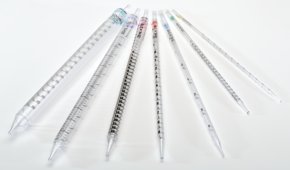




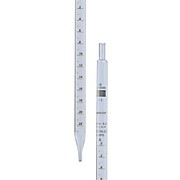






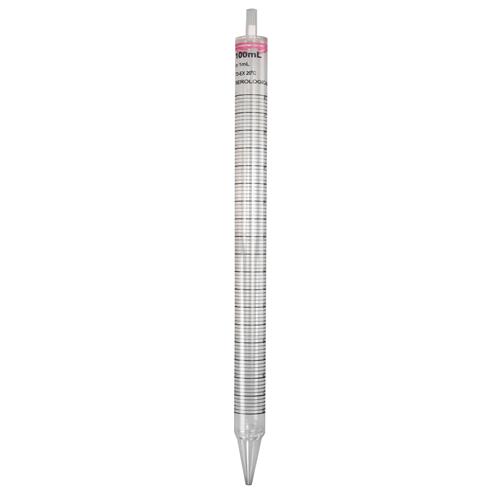

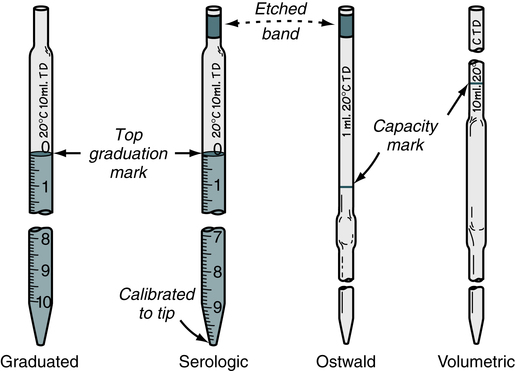

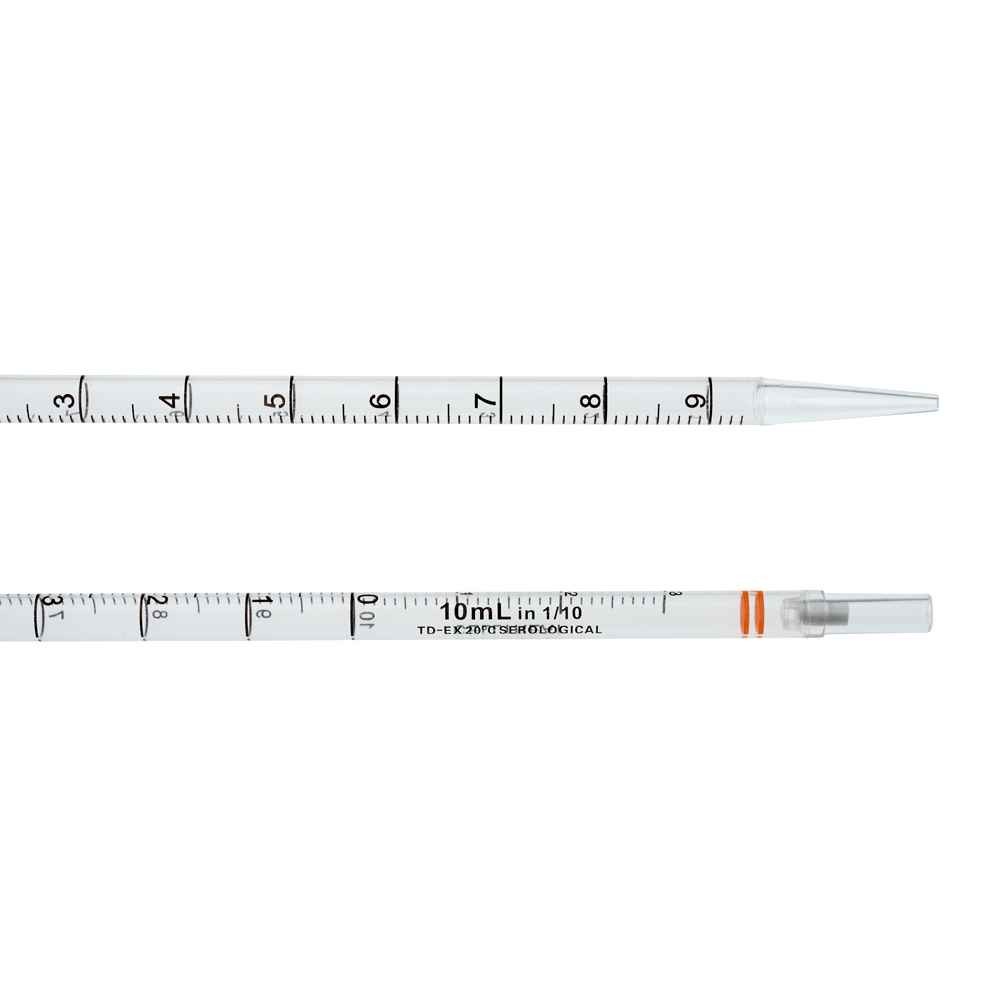
No comments:
Post a Comment